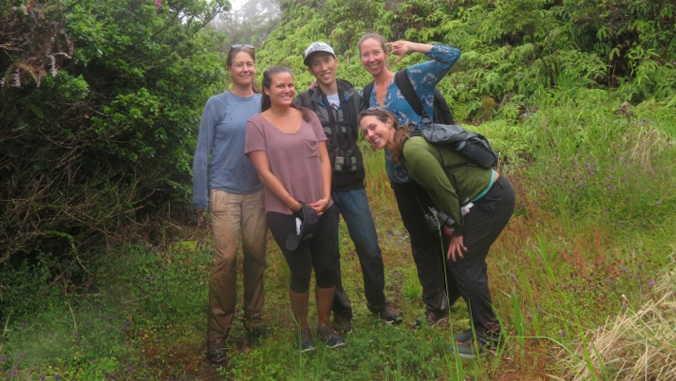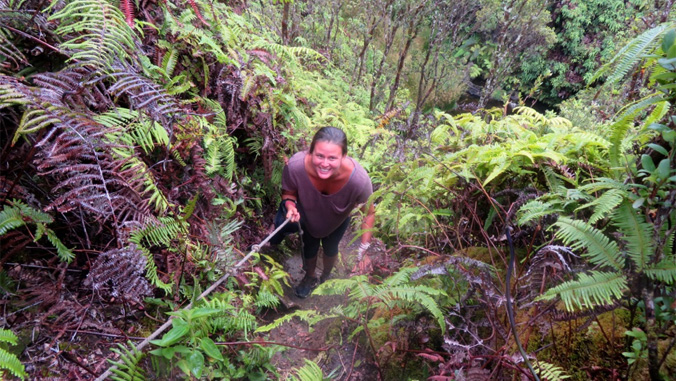
University of Hawaiʻi at Mānoa researchers evaluated how native forest conservation contributes to local water supplies in a water stressed area in the Nature Conservancy’s Waikamoi preserve in East Maui, Hawaiʻi’s largest private nature reserve.
The UH Economic Research Organization (UHERO) and Water Resources Research Center partnered with the Nature Conservancy of Hawaiʻi to conduct the study.
The UHERO team simulated the groundwater recharge benefits with and without conservation actions over 100 years. The researchers found that by preventing the degradation of the native forest, conservation efforts could save the local water utility up to $1.4 million and make important contributions to local water supplies.
Tropical forest conservation around the world provides many benefits, including supporting a diversity of flora and fauna and “ecosystem services” such as clean water and carbon isolation. Biocultural values and livelihoods associated with tropical forests are also increasingly put forth as restoration objectives, however, funding for tropical forest conservation remains limited and insufficient to meet the challenge of rapid biodiversity loss.
Water users convene together to help finance upstream watershed management activities that help to ensure clean and ample water supplies for downstream cities and communities. Tropical forest conservation and restoration is often one strategy of watershed service programs, but a major challenge is a lack of data on the potential water benefits and cost savings associated with watershed conservation efforts.
Visit the UHERO website for more details on the forest conservation study.


